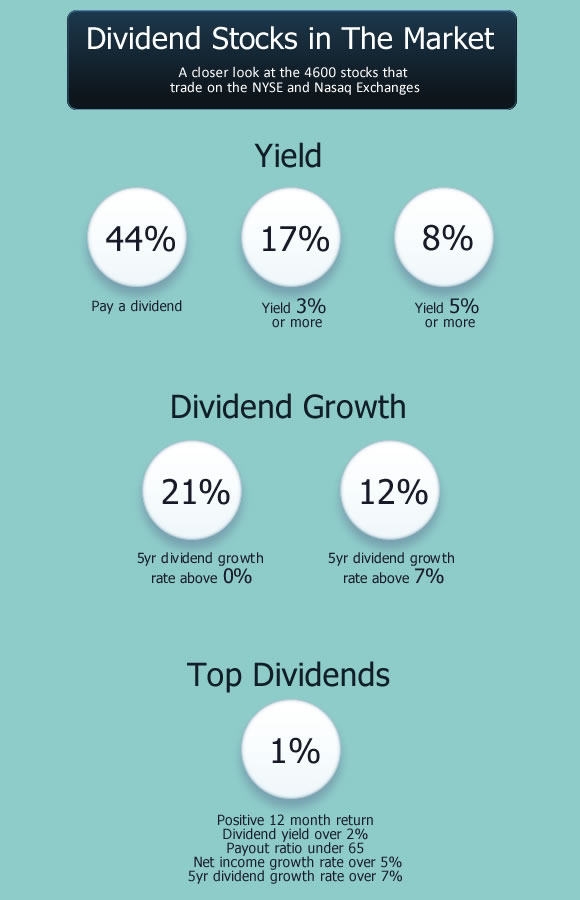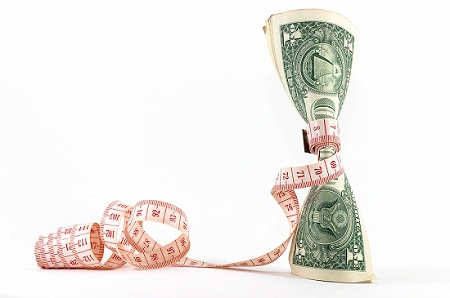You never know when a financial emergency will strike. Whether you lose your job, experience the fallout from a market setback, end up in the hospital, or a natural disaster comes calling, a financial emergency is never fun. And, of course, it can leave your money situation in a shambles.
If you want your finances to survive as best they can in the face of a financial emergency, you need to prepare ahead of time. Here are some ways to prepare for a financial emergency:
Build Your Emergency Fund
One of the essentials to being ready is having an emergency fund. Your emergency fund can help you through when you need help paying bills, buying food, or for other purposes. Create an adequate emergency fund, you will likely have what you need to get by.
Get Your Finances in Order
You stand a better chance of weathering financial disaster if your money is set to rights. Take some time now to fix your finances, and get everything in order. Know what credit card numbers to call if they are lost or stolen, know where your insurance information is, and make sure you know which bank accounts and investments accounts are accessible.
Keep important information in a safe place. One of the best places to keep important documents, such as birth certificates, investment account information, insurance policies, passports, and emergency credit cards is a waterproof fire safe. A small one can be especially helpful, since it’s easy to just grab it go.
Build Up Home Food Storage
Another good idea to prepare for financial emergencies is to build up home food storage. If you have food at home, you won’t be as vulnerable if you lose your job. You will need less money to buy food if you already have what you need. Additionally, food storage can come in handy in a pinch during a natural disaster or similar emergency.
Other important items to have ready include a 72-hour kit that you can take with you for food, water, and First Aid, as well as extra blankets, alternative heat or fuel, and other emergency preparedness items. You never know when a financial emergency will coincide with some other type of emergency, and you should be ready to provide for yourself in your home, as well as be ready to evacuate if necessary.
Now is the time to prepare for financial emergencies that can arise at any time. Carefully build your emergency fund and prepare in other ways for an emergency. If you start now, and build up a little bit at a time, you will have a better chance of making it through almost any financial emergency life offers.




